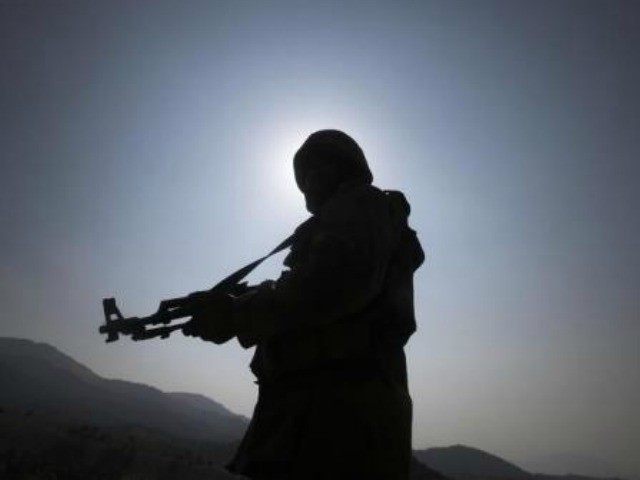U.S. taxpayer dollars were siphoned off to al Qaeda in 2010 from a secret Afghan government fund that the Central Intelligence Agency (CIA) bankrolled, reports The New York Times (NYT).
About $1 million of CIA cash was used to pay for part of a $5 million ransom that al Qaeda demanded for an Afghan diplomat.
“It was just another in a long list of examples of how the United States, largely because of poor oversight and loose financial controls, has sometimes inadvertently financed the very militants it is fighting,” notes The Times.
“While refusing to pay ransoms for Americans kidnapped by Al Qaeda, the Taliban or, more recently, the Islamic State, the United States has spent hundreds of billions of dollars over the last decade at war in Iraq and Afghanistan, some of which has been siphoned off to enemy fighters,” it adds.
In the spring of 2010, Afghan officials were scrambling to strike a deal to liberate an Afghan diplomat who was being held captive by al Qaeda.
The jihadist group asked for a hefty ransom of $5 million, which was beyond the reach of senior security officials in Afghanistan.
Hamid Karzai was the president of Afghanistan when the ransom was paid.
Besides the CIA, Afghan officials told The Times that Pakistan contributed about half of the $5 million ransom. Iran and Persian Gulf states, which had also contributed to the Afghan president’s secret fund, provided the remainder.
The Afghan diplomat released for the ransom was identified as Abdul Khaliq Farahi. He was kidnapped in September 2008 on his way to work in Peshawar, Pakistan.
U.S. taxpayer funds continued to flow to Karzai’s secret coffer even after the ransom was paid and the hostage was released.
The CIA “continued dropping off bags of cash — ranging each time from a few hundred thousand dollars to more than $1 million — at the presidential palace every month until last year, when Mr. Karzai stepped down,” reports The Times.
“The money was used to buy the loyalty of warlords, legislators and other prominent — and potentially troublesome — Afghans, helping the palace finance a vast patronage network that secured Mr. Karzai’s power base,” it adds. “It was also used to cover expenses that needed to be kept off the books, such as clandestine diplomatic trips, and for more mundane costs, including rent payments for the guesthouses where some senior officials lived.”
Since Ashraf Ghani took over the Afghan presidency in September 2014, the flow of CIA funds “has slowed,” Afghan officials told The Times, without elaborating further.
Nevertheless, they did acknowledge that some cash was still coming in, adding that it is unclear how strong U.S. constraints on it are.
“It’s cash,” a former Afghan security official told The Times. “Once it’s at the palace, they can’t do a thing about how it gets spent.”
The NYT article is gleaned from letters obtained during the 2011 Navy SEALs raid in which Osama Bin Laden was killed in Abbottabad, Pakistan.
Those letters were submitted as evidence during the federal trial of Abid Naseer, a Pakistani operative linked to al Qaeda who was recently convicted of supporting terrorism and conspiring to bomb a British shopping center, notes The Times.
Details behind the CIA’s contribution to the ransom were also gleaned from interviews with Afghan and Western officials who spoke to The Times on condition of anonymity.
The CIA declined to comment.

COMMENTS
Please let us know if you're having issues with commenting.